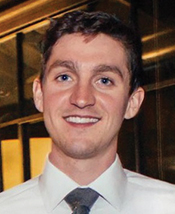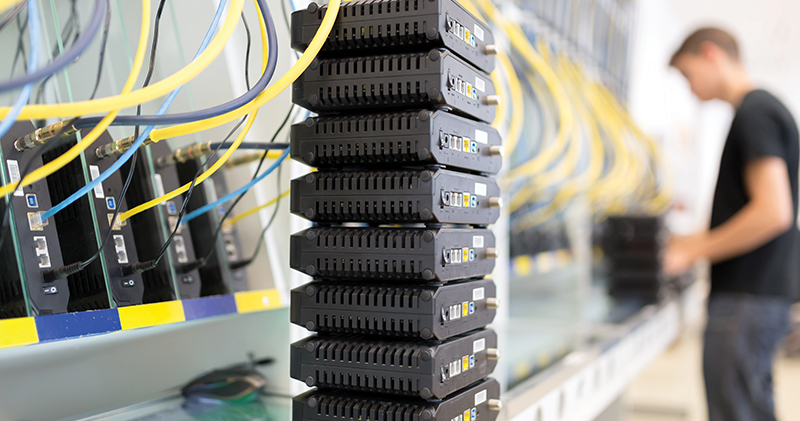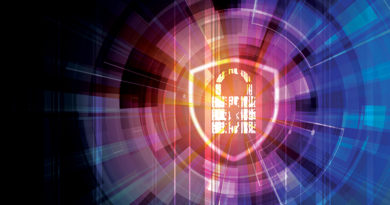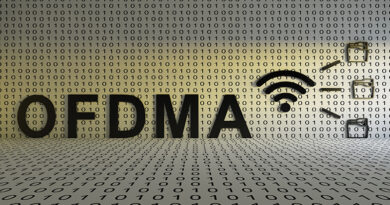So, You Want to Be a DOCSIS Engineer? You’re Sure About This?
By Brian Lee
Great decision, now here’s what you’ll need to know.
The cable industry has changed a lot over the years – it’s not quite as straightforward as it once was. With increasing demands from customers for faster speeds and a more reliable service, the cable industry has had to be resourceful and adapt appropriately. This isn’t just all well and good, it’s a necessity, especially with heightened competition driving further business decisions. However, this growing network complexity can make it somewhat daunting for new engineers to join the field and get up to speed quickly. Gone are the days of deploying straightforward analog optics and nodes with no intelligence or IP capability. Today’s DOCSIS network has extended all the way into the field and provides better service than ever with the introduction of DAA, R-PHY, CCAPs, and DOCSIS 3.1 modulation technologies in OFDM and OFDMA.
Most DOCSIS engineers today have several years of background in this space – many either having worked with cable operators or with vendors from the earliest days of DOCSIS technology. So, what’s it like to become a new DOCSIS engineer today with all these abbreviations seemingly running the show? These architectures, devices, and technologies are now the norm, and that poses a vastly different challenge for new engineers rather than growing a career from the beginnings of DOCSIS. For a new engineer to cut one’s teeth in this modernized cable industry, it requires significant self-education, hands-on work, and leaning on their more-experienced peers for guidance. So, let’s delve into each of those areas…
Self-education
No matter how much education you may have that’s adjacent to DOCSIS or the cable industry, it’s probably not enough to be fully self-sufficient. To be a DOCSIS engineer requires a very particular set of skills, skills that are often acquired over a very long career. It requires a broad knowledge space across many different domains, and this level of depth and breadth makes DOCSIS an incredibly challenging field to break into as a new engineer. Most of this stuff just isn’t taught in school, and some resources for these topics are even harder to find online. Whether it’s self-studying online material for the CCNA or cloud-computing certifications, reading CableLabs specifications, taking a series of courses from SCTE, perusing a vendor’s documentation on a topic, or reviewing excellently written and captivating industry publications like Broadband Library, the bottom line is you’ll need to be eager to learn, adapt, and sometimes even fail.
Keep in mind that as technology changes, you’re learning together with your more-experienced colleagues, and some of your fresh perspective and background may be greatly beneficial in helping your entire team grow. Because DOCSIS has been built over a few decades, there’s a lot of history there. My advice would be to learn that history as it pertains to the more modern DOCSIS implementations, but don’t focus too much on the technology of yesterday – your peers have you covered there. Instead, recognize that while having this context is important, the details needed to implement said technology may not be a primary focus as a new DOCSIS engineer. As a result, you can focus most of your attention on the newer trends and help make that next leap.
As an example, here are some key terms that were helpful in my personal journey the past several years. These are newer additions to the cable industry, so they’ll be important to know for the foreseeable future.
- Distributed access architecture (DAA) takes certain functions traditionally located in an operator’s headend or hub site and moves them closer to the customer. This typically enables better signal quality, which ultimately helps achieve faster speeds.
- Converged cable access platform (CCAP) is a specialized router that aggregates traffic from all customer homes and routes it one step closer to the metro IP network. Unlike older technology, this headend device handles all services – video, voice, and data. Without this, DOCSIS/HFC subscribers wouldn’t be able to use any of their services.
- Remote PHY (or R-PHY) is a form of DAA that moves the physical aspect of signal modulation into the node, rather than in the CCAP. For a hybrid fiber/coax plant, this entails replacing legacy analog nodes with digital nodes. This change also brings IP network connectivity to the node. Cox has deployed this architecture heavily over the past five years. More than half of Cox’s nodes are now fed by R-PHY plant rather than legacy plant.
- Orthogonal frequency division multiplexing (OFDM) is a technology used in DOCSIS 3.1 (and later) that enables faster downstream speeds due to superior spectral efficiency.
- Orthogonal frequency division multiple access (OFDMA) is an upstream version of OFDM used in DOCSIS 3.1 (and later) and similarly enables faster speeds. This technology works in both the time and frequency domain; timeslots and frequencies are scheduled for multiple users across many subcarriers within the channel.
Hands-on work is your friend
Speaking of failure, the best way to fail is to do so in a way that doesn’t negatively impact anything else. Introducing: the “show” command in the command line interface (CLI) of your team’s primary device. “Show” commands are magical in that you can endlessly learn things about your device’s configuration while having virtually no chance of doing something wrong*. Be willing and able to get your hands dirty in the CLI! And be prepared to ask questions about what all those lines of configuration mean – or better yet, get in the lab and experiment with some modems to see the effects of changes. Furthermore, don’t be afraid to push yourself and take on tasks you’re not sure you’re ready for. If you weren’t ready, your team wouldn’t be giving you the opportunity to try anyway.
(*Writer’s note: I’ve only come across a “show” command bug once that actually did cause something to change. So, fear not, it’s basically Nessie.)
You might be wondering, how are you supposed to do hands-on work with the new remote/hybrid-work model in place? Well fortunately for you, CLI work can be done from pretty much anywhere in the world. Additionally, your team could even set you up with a virtual machine to treat as a safe sandbox to mess around in while you’re still learning the ropes. You’ll need to pull from one of the tenets mentioned above in self-education: the ability to adapt. Ask your coworkers to share their screen when troubleshooting an issue together. That way you’ll see what commands they’re using and the processes they’re stepping through so you can learn and do the same next time.
It takes a village
Regardless of how much industry experience you may or may not have, you’re going to need to lean on your experienced peers and SMEs to fill in gaps that the self-education and hands-on work won’t satisfy. Contrary to your freshly green background, these individuals have years of experience and a much more holistic view of the DOCSIS world than you can ever imagine. Their experiences are invaluable, so pick their minds whenever you’ve got the chance. There is a flip side to this though – being new to something often means you approach things with a different lens. So don’t hesitate to ask that question or bring up a counter-thought! You may just help your team re-think something in a unique way and make a positive impact. Just because “we’ve always done it that way” doesn’t mean it’s still the best or only way, especially with the emergence of innovative technology and capabilities.
In addition to peers, you’ll need people in your corner to help you out along the way and push you in the right direction. That’s where mentors and advocates come in. The wonderful thing is that you don’t have to limit this to just one, and you may have some formal and some informal relationships. Here are just a few examples of how they can help your development and progression:
- Support you before your journey even begins
- Help get you into the industry by campaigning for you
- Expose you to new opportunities you otherwise wouldn’t have been aware of
- Explain the reasoning behind historical decisions
- Give nuanced details about where we’re headed as an industry
- Steer you towards proper resources for learning
- Provide an opportunity to learn from their personal background and experiences
DOCSIS is an exciting technology, with many changes still to come. While it may seem daunting at first, the strategies discussed in this article can help you break into this field and give you an opportunity to continue to grow and learn. Your “outside” perspective could be critical to the success of newer developments and deployments as we move into the brave new world of DOCSIS 4.0. While there is still significant effort needed, the rewards are even greater in learning, facing challenges, and getting to be a part of the team bringing these new, exciting technologies to our customers. Long live DOCSIS!

Brian Lee,
Network Engineer,
Cox Communications, Inc.
Brian Lee is a Network Engineer on the Access Engineering Design team at Cox Communications. His primary responsibilities are focused on testing RPD, CCAP, and DOCSIS 3.1 technologies. Earlier at Cox, he performed network analysis and reporting. Prior to joining Cox five years ago, Brian worked at Texas Instruments as a Yield Enhancement Engineer. His background is in Electrical Engineering from Georgia Tech.
Shutterstock




